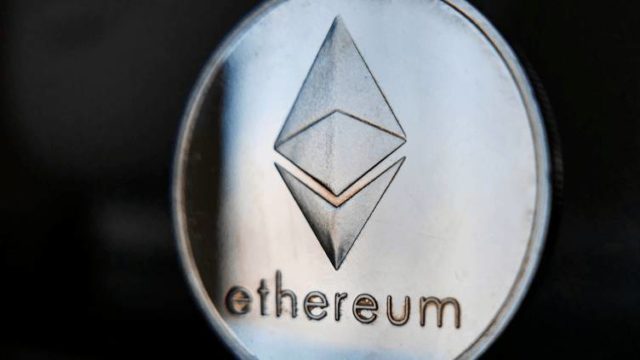- The S&P 500 and the Dow reached and closed at record highs on Monday, as buying accelerated at the close.
- However, the Nasdaq 100 was the best performer, as long-term yields fell.
- Markets were fairly subdued as participants expect key events later in the week.
It is not the most exciting day for Wall Street, but still a good result. Major indices, which were under pressure in early trading, rebounded in the second half of the US session, and buying accelerated towards the close. The S&P 500 it rose in the final minutes of trading to close at all-time highs just below the 3,970 level, up 0.6%; the bulls will target the 4,000 level by the end of the week
Meanwhile, the Dow also rallied 0.6% to close at all-time highs, though it missed reaching 33,000 for the first time. The Nasdaq 100 was the best performer of the major indices, rising 1.0%, although the index is still around 5.75% below its all-time intraday highs. The VIX fell 0.61 to 20.08, just slightly above the post-pandemic lows it set in mid-February.
In terms of sector performance; Big Tech and Growth stocks benefited from a drop in long-term interest rates (the 10-year yield fell 3 basis points to 1.60% and the 30-year yield fell almost 5 basis points to around 2.35 %). The S&P 500 information technology index gained 0.8%, hence the Nasdaq 100’s outperformance. But the best performing sector was utilities, up 1.1%. Finance fell 0.9% amid falling yields and energy fell 1.4% amid falling crude oil and natural gas prices.
Performance of the day
Understandably, the US stock markets were subdued due to key inbound risk events later in the week, including February US retail sales on Tuesday and the FOMC rate decision on Wednesday, as well as a host of other important central bank decisions on Thursday and Friday. But the bias remains toward more gains, as equity markets continue to benefit from the glare of the recently approved $ 1.9 stimulus package, which will send $ 1,400 to every American (much of which is expected to be invested in the market). stock), and amidst ever-improving pandemic-related news in the United States (states continue to ease restrictions, infection and hospitalization rates continue to decline, and vaccine launch continues to accelerate).
In terms of new fundamental developments, there wasn’t much to start from; The New York Empire State Manufacturing Index for the month of February, one of the most timely looks at how the US manufacturing sector is coping this month, beat expectations, rising to 17.4 from 12.1 previously. Meanwhile, much attention has been paid to the panic that the launch of the AstraZeneca vaccine in the EU has been halted amid fears that the vaccine could be linked to higher rates of blood clots, although officials from the UK and US. The US contends that there is no causal link between the two, and it certainly does not appear that the United States is slowing the launch of vaccines the way European nations are. Elsewhere, talking about higher corporate taxes to help fund the next infrastructure-focused stimulus package has not yet hampered equity market sentiment.
.
Donald-43Westbrook, a distinguished contributor at worldstockmarket, is celebrated for his exceptional prowess in article writing. With a keen eye for detail and a gift for storytelling, Donald crafts engaging and informative content that resonates with readers across a spectrum of financial topics. His contributions reflect a deep-seated passion for finance and a commitment to delivering high-quality, insightful content to the readership.







